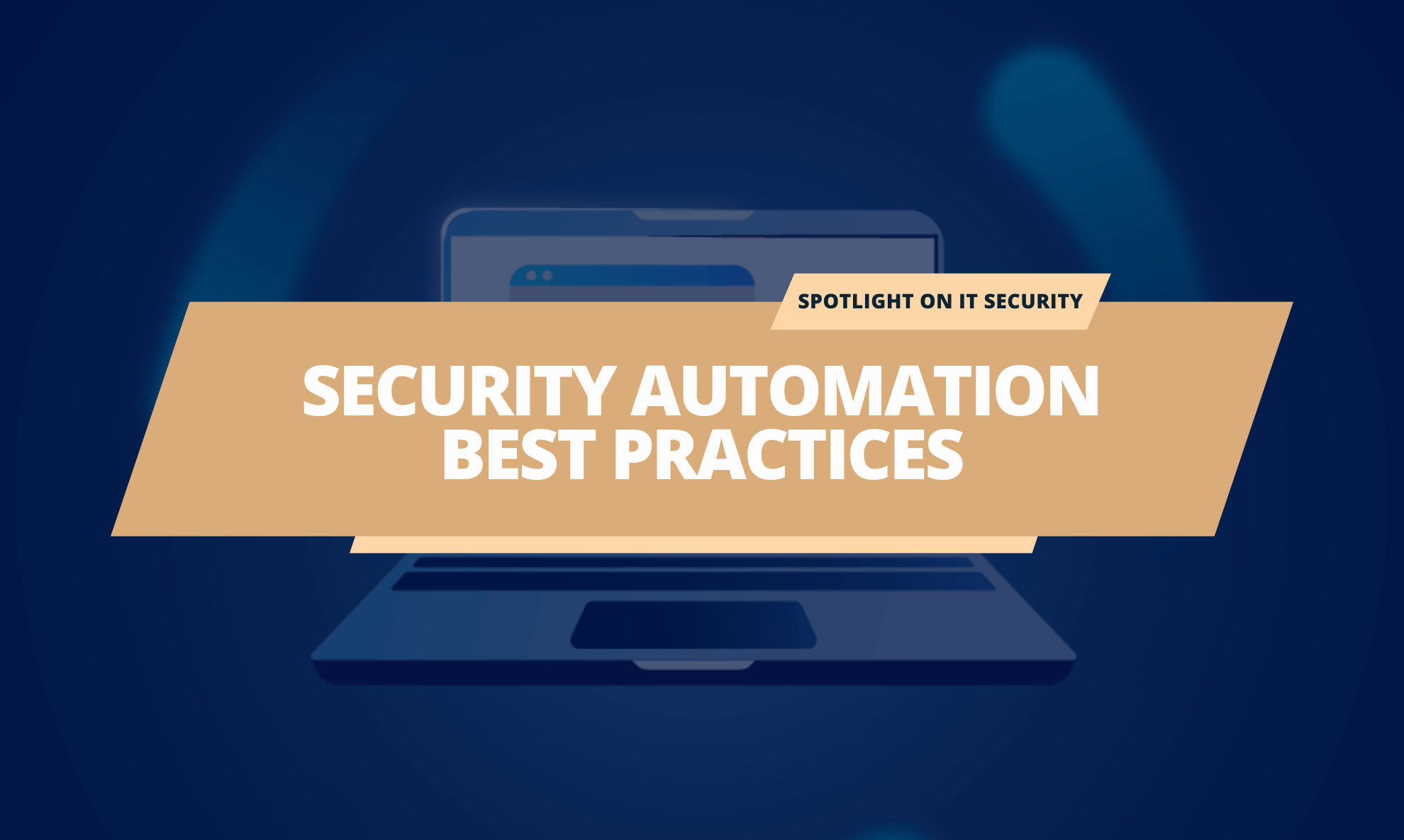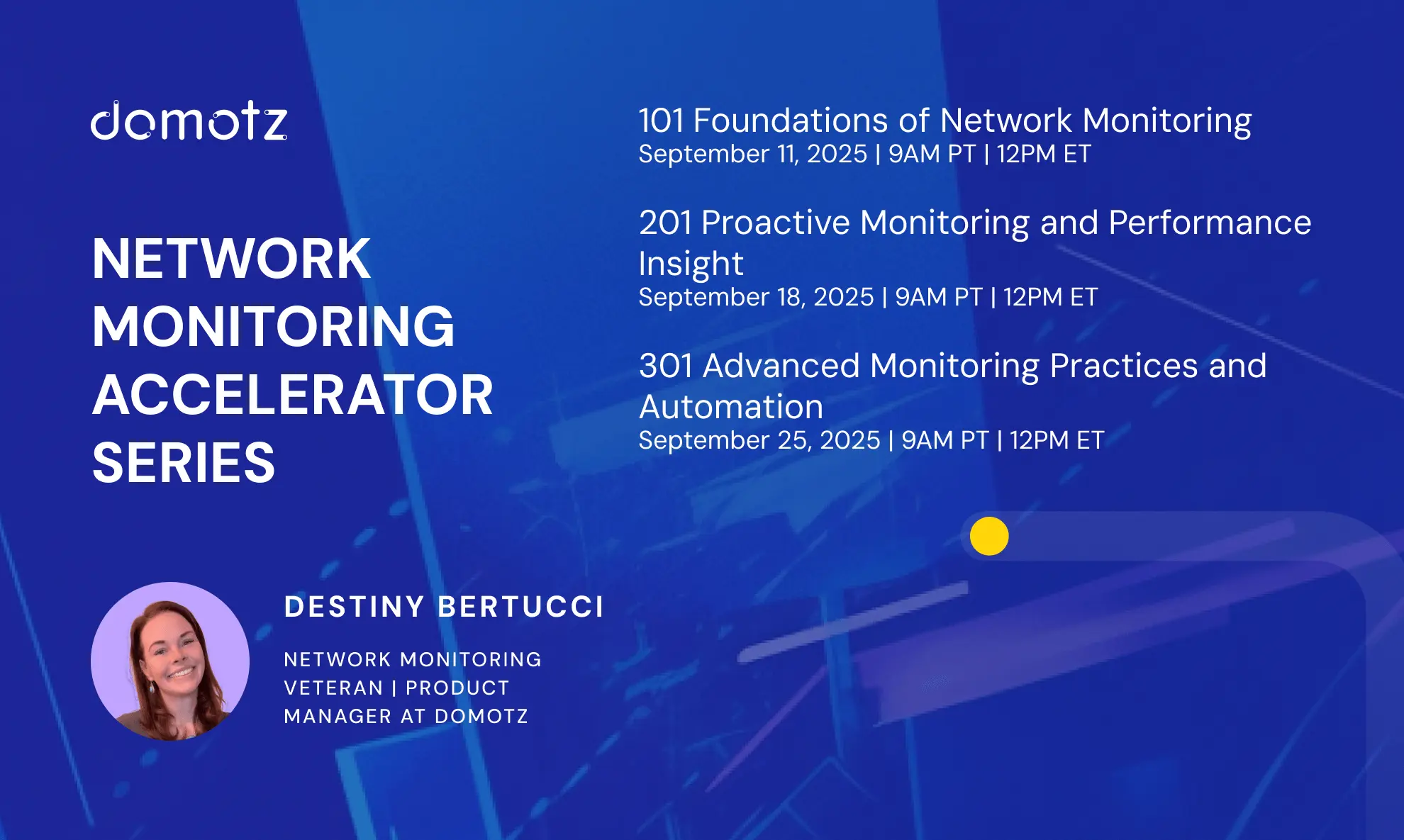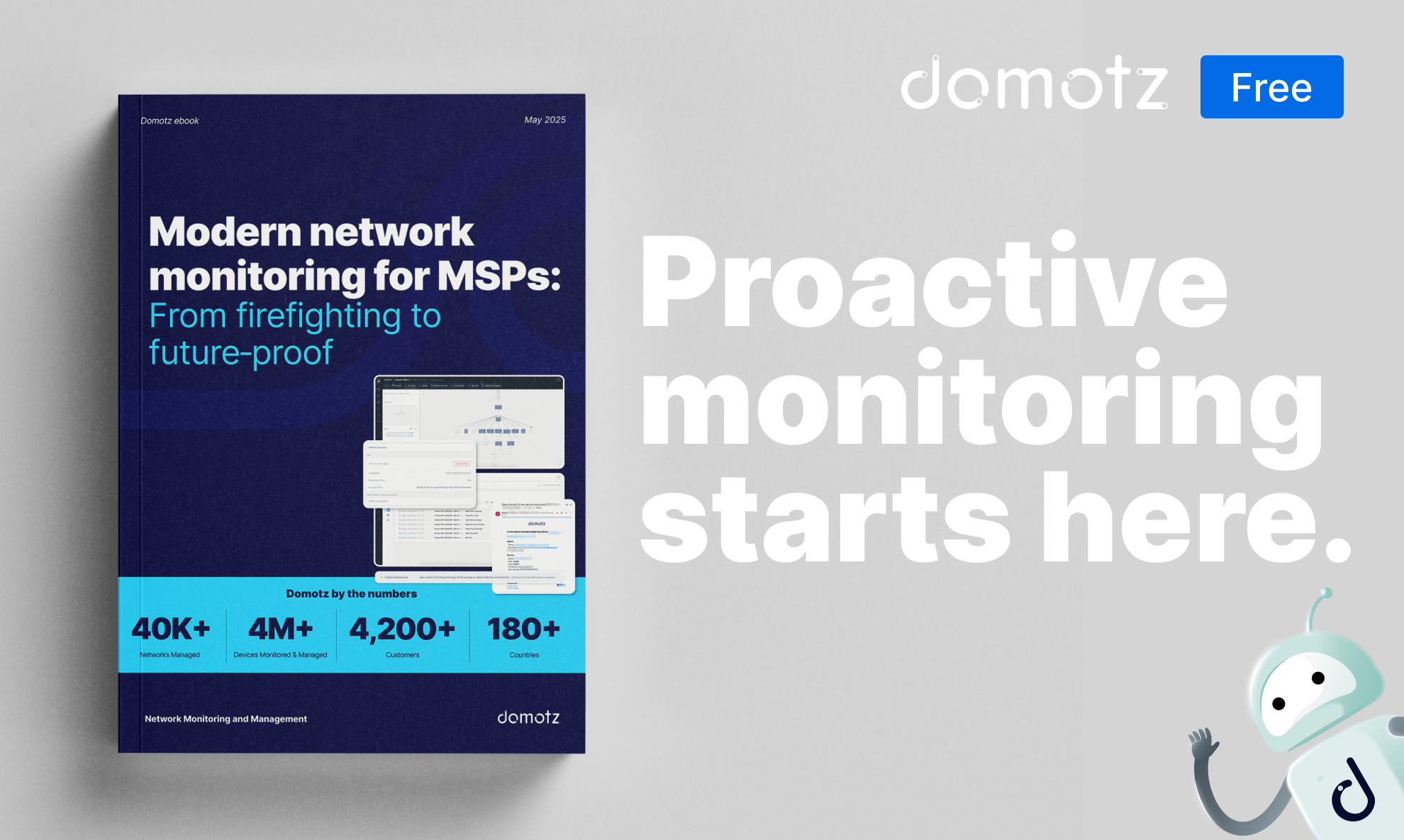Keeping digital assets secure is a huge task. This isn’t just because connected networks are growing faster than ever. Every practice you implement is a double-edged sword. If you do cybersecurity incorrectly, you might increase risks instead of reducing them.
Security automation is an effective way to stay on top of the problem. But you can’t afford to do it carelessly. Here are some straightforward best practices to make life easier – and less perilous!
Here is a short overview of what we’ll discuss in this article:
- What is security automation?
- Types of security automation
- What to automate?
- Security automation benefits
- Security automation challenges
- Security automation tools
What Is Security Automation?
Security automation takes many forms, but the gist is straightforward. It involves using technology to handle security tasks without constant manual intervention. This can take human error out of the equation and speed response times.
What Are Some Types of Security Automation?
There are many ways to automate cybersecurity workloads. For instance, you might use a program to monitor network activity and isolate compromised systems. Generally, you can let machines do anything that requires repetitive work, like virus scanning, patching software vulnerabilities, collecting performance data, and alerting stakeholders.
Four Best Practices for Security Automation
1. Decide What to Automate
As of 2023, there were more than 15 billion networked devices! That’s almost two for every person on the planet.
You may only be responsible for a small fraction of that hardware. But it illustrates that you need to prioritize. Attempting to automate everything can be impractical and resource-intensive.
Make a list of the security tasks that require swift and consistent responses. Then, define some metrics – like incident response times or what percentage of your networks get compromised in hacks. Finally, rank your tasks based on how much each one might improve your performance based on the metrics.
Also, consider which systems are the most vulnerable, like public-facing servers. Assets that could put other systems at risk if compromised make prime candidates for automated scans.
Look for the most significant risk-reduction impacts and response efficiency improvements. A targeted approach will help your security automation efforts align with your organizational needs.
2. Know Your Security Automation Benefits
You need to set realistic expectations to get the most out of automation.
Machine-assisted cybersecurity isn’t a magical cure-all. Falling into this kind of thought trap can leave you vulnerable to dropping the ball when it’s time for human intervention!
Earlier, we mentioned using metrics to set clear security automation goals. This is your best bet for staying grounded because you’ll gain concrete evidence of the benefits.
Instead of just trusting automation to do its thing, boost visibility into the results by:
- Tracking hidden cost improvements, like how much time you save on manual workloads.
- Using network and OS monitoring to visualize the impacts of real and simulated security breaches before and after automation.
- Building dashboards that offer insights into automated processes, like flow diagrams.
- Automating tests and diagnostics to spot areas for improvement.
- Automating your security metric gathering practices to get more consistent feedback.
3. Evaluate Your Security Automation Challenges
Take a moment to assess the challenges in your security automation strategy. Ask yourself:
- Are there areas where your automation could be more effective?
- Are there specific tasks that automation struggles with that might be better left to humans?
- Have your security team members or end-users highlighted any pain points in your automation strategy?
If you haven’t deployed automation, this is the time to take stock of possible obstacles.
Before trying something new, ensure your team is up to the task. For instance, you may want to hire a network architect or even a pen tester to clarify where you stand. Talking to your vendors about what kinds of automation their hardware supports is always a good move. Above all, strive for a seamless deployment – but don’t take smooth sailing for granted.
4. Decide Whether to Build or Buy Security Automation Tools
Deploying something premade or doing it all in-house is a significant challenge. While automation systems abound, they may have inherent security gaps. On the other hand, creating your framework takes more time, money, and effort.
In most cases, you’ll do best with a hybrid approach. Try vendor-made tooling in limited test environments. This is a great way to get a feel for the possibilities. It also gives you an appreciation for what real-world deployments look like – so you can avoid the unexpected.
One of the best ways to dive into automation is to use custom scripts and drivers. Some of the most effective security automation deals with low-level stuff, like SNMP monitoring. Building on integrations tailored to your hardware and OS environments lets you deploy faster. You don’t need to reinvent the wheel, and this strategy leaves you with more time to fine-tune it!
Conclusion
Security automation can rewrite your relationship with connected devices, networks, and data. But you need a sound strategy and capable frameworks to leverage its full potential. Lay the groundwork for more effective automation using Domotz management and monitoring today.
Further reading:


